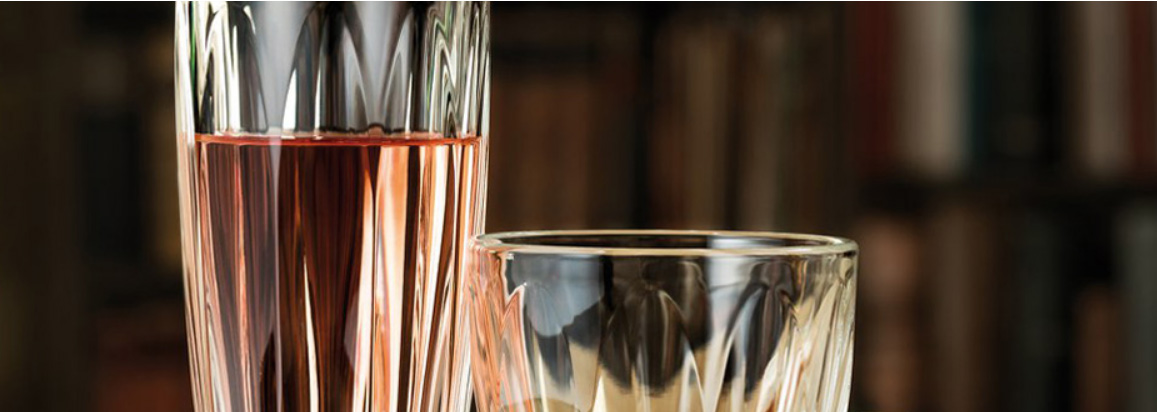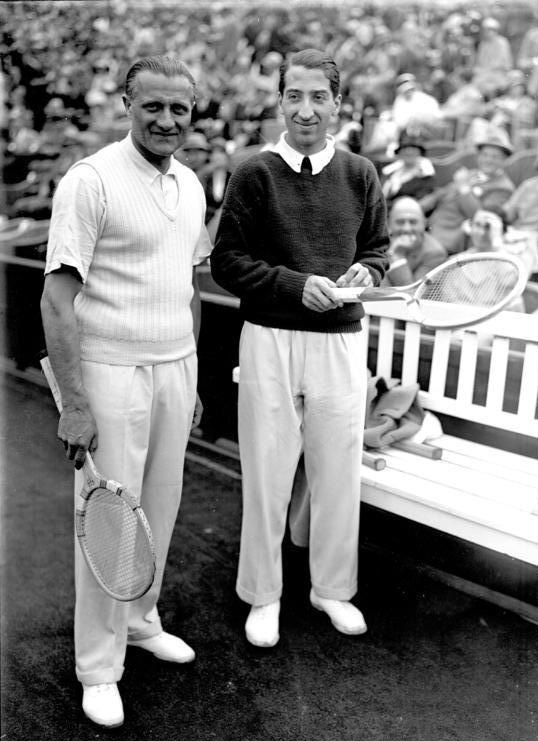French entrepreneur families are the names you see on the streets and on brands that are familiar they are Inventors and business people. Here’s their story.
The Despature Family – Damart Thermolactyl
More than 400 million pieces of Thermolactyl clothing have been sold since its invention in 1953. The story began with the Despature brothers who in 1950 inherited a fabric factory in Roubaix. Textile manufacturing was in decline and the three brothers got to thinking about how to save their business. Inspiration came via their aunt who had rheumatism and who talked about the virtues of triboelectricity (an electric charge generated by friction). The brothers invented a fabric that when in contact with the skin creates electrostatic warmth. It also did not retain dampness. Their invention took off. The first Parisian shop was opened in 1957 and in 1958 the radio station Europe 1 chose Thermolactyl, the first high tech fabric made in France, as one of the most innovative products… ever! Damart innovated again embracing the new technology of television and becoming one of the earliest TV advertisers. Their famous slogan “Froid, moi? Jamais!” (Me Cold? Never!) was invented in 1971 for a television commercial. The phrase is so well known that even Lady Di is quoted saying it in response to a journalist in Toyko. Today Damart still makes Thermolactyl underclothes for old ladies and high performance athletes. They also create clothing for all sorts of morphologies and age groups and are working on making shoes more comfortable and cooling. Innovation continues to guide Damart.
The Lacoste Family
“Inventeur ! C’est la profession que je ferai inscrire sur ma carte de visite. J’ai inventé toute ma vie !” – René Lacoste.
Born in 1904, Lacoste invented the ball thrower in 1928. In 1963 he invented the first metal tennis raquet. In between he was inspired to find more comfortable, breathable, flexible tennis and golf clothing – René’s wife Simone and daughter Catherine were golf champions. Remember that at the time these sports were played in long sleeve button down shirts and trousers. René cut off his sleeves and invented the short sleeved polo shirt which is still a modern expression of sporty elegance. One day in Boston playing in the Davis Cup with the famous four musketeers team in 1923 René coveted a crocodile suitcase. His trainer tempted him saying “If you win the game I’ll get you that suitcase”. He won the game, got the suitcase and the American press nicknamed him “the Crocodile” alluding to the suitcase and René’s tenacity on the tennis court. From this anecdote came the logo of the Lacoste brand.
The Ladurée Family – Pastry shops and tea rooms
The history of Parisian tea rooms is intimately tied to the history of one of the best known names amongst French entrepreneur families: Ladurée. It began in 1862, when Louis Ernest Ladurée, from southwest France, created a bakery in Paris at 16 rue Royale. A few years later the shop was redecorated after a fire. The decoration of the pastry shop was entrusted to Jules Cheret, a famous turn-of-the-century painter and poster artist. Mr. Cheret found inspiration (and cherubs) in the ceilings of the Sistine Chapel and the Garnier Opera House. The cherubs became the visual identity of the Ladurée brand. By the end of the 19th century Paris was in a frenzy of entertainment and going out on the town. Women were also changing. They wanted to make new acquaintances, but literary salons and literature circles were outmoded. Louis Ernest Ladurée’s wife, Jeanne Souchard, had the idea that led to first tea room. The “salon de thé” allowed women to gather comfortably. The story of the Ladurée macaron starts in the middle of the 19th century with Pierre Desfontaines, who first thought of taking two macaron shells and joining them with a delicious ganache filling. The recipe has not changed since. Purchased by the father son team Francis and David Holder 1993 Ladurée has been transformed into a worldwide, but still family, business.

www.larochere.com
La Rochère – Glassmakers since 1475
1475, Simon de Thysac, a gentleman glassmaker, was granted the right to found a glassworks at « Les Rochiers ». Destroyed twice over the next two centuries the glassworks was rebuilt earch time and from 1666 to this day the furnaces have never stopped burning. Skip ahead two more centuries, in 1858 the glassworks was taken over by François-Xavier Fouillot and two associates. Ten years later the associates left and it is the descendants of François-Xavier Fouillot who run the glassworks today. Another century on in 1967 production was automated and expanded. Hand presses were replaced by automatic presses. A tank furnace was installed. Bricks, tiles and blocks were now mechanically and automatically pressed. The first mechanized tableware products were ice cream dishes and LR was soon to become a market leader in this product. Handmade, mouth-blown, glass was continued as well with the production of decorative articles, such as lamps and vases. La Rochère, recognized by the label « Patrimoine Vivante », is the top tourist destination in the Haute Saône department and the third most popular in Franche Comté (after the Citadelle of Besançon and the Saltworks of Arc et Senans, two other sites you really should see). The factory is open to the public and the glassmakers can be seen at work. There is also an art gallery where you can see the work of regional artists and glass artists and a Japanese garden. http://www.larochere.com/uk/tableware/to-visit-la-rochere.html
The Peugeot Family, probably the most internationally known of French entrepreneur families
and maybe the most frequently mis-pronounced and mis-spelled! The Peugeot family, is probably of Swiss origins, but has been in the Burgundy region since the 16th century. There is a large Peugeot factory in the Burgundian town of Sochaux still today. This family’s history is one of the longest in the automotive industry. Jean-Pierre Peugeot, born in 1734, and his sons transformed their weaving and dye works into a metalworks and in 1819 acquired their first patent. The knowledge of metals and an excellent local supply of wood allowed them to become tool makers with a wide range of steel products, making everything from coffee grinders and springs to saws, umbrella frames and bicycles. Peugeot is still known today for manufacturing pepper and coffee mills, power tools and bicycles. Armand Peugeot, grandson of Jean-Pierre, who was fascinated by anything mechanical, led the company in its quest to produce its first motorized vehicle. In 1889, as a result of a collaboration with steam specialist Léon Serpollet, he succeeded. The vehicle was the Serpollet- Peugeot – a steam-powered three-wheeler. In 1929 Peugeot unveiled its first mass-produced car – the 201. This was the first Peugeot to use the now-iconic numbering system of three digits with a zero in the middle, and marked Peugeot’s passage from small-scale business to mass producer. The Peugeot Société Anonyme (PSA) Groupe is now one of the top ten largest automotive manufacturers in the world based on unit sales and the world’s second oldest car manufacturer and the oldest continuous car brand. Peugeot Scooters is the oldest manufacturer of motorized two-wheeled vehicles in the world. Since 1850, Peugeot has been represented by the Lion symbol. Originally appearing on the company’s saw blades, the Lion symbolized the toughness of the saw’s teeth, the flexibility of blade like the lion’s spine, the strength of the steel and the speed of the cut, like a bounding lion. Among all the automotive companies still in production, Peugeot is one of the few where the founders’ descendants are still shareholders and hold managerial positions.



